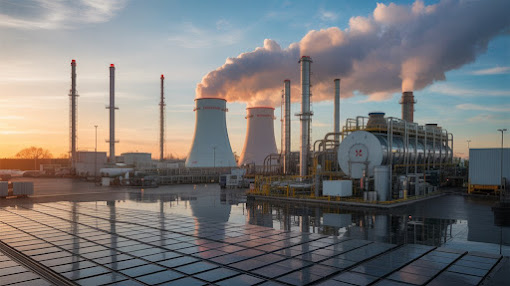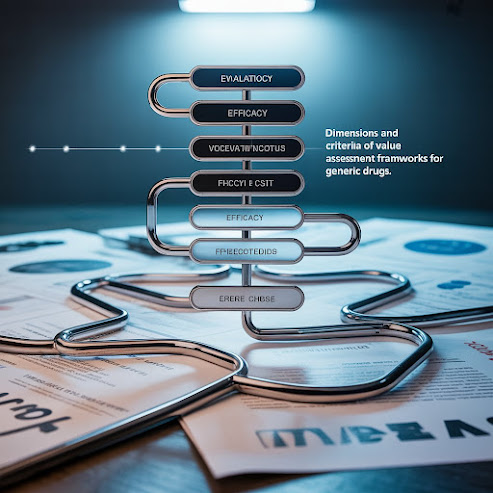Comparative Study of Stainless Steel and Ni-Based Alloys in Molten Salt Environments 🏭⚙️ #Sciencefather #researchawards #MaterialScience
⚙️🔥 Corrosion Challenges in High-Temperature Molten Salt Environments
Introduction 🌡️🔬
Molten NaNO₃-KNO₃ (sodium-potassium nitrate) salts are widely used in solar thermal power plants ☀️, heat storage systems 🏭, and nuclear applications ⚛️ due to their excellent thermal properties. However, these high-temperature environments pose a serious threat to stainless steel and Ni-based alloys, leading to accelerated corrosion that compromises material integrity and efficiency.
Why Does Corrosion Occur? ⚠️🔩
At elevated temperatures, molten salts release reactive vapors ☁️, which interact with metallic surfaces, forming corrosive oxides and leading to material degradation. This occurs due to:
✅ High oxidative potential of nitrate salts
✅ Formation of aggressive NO₂ and O₂ vapors
✅ Selective leaching of alloying elements
✅ Thermal cycling stress
Stainless Steel vs. Ni-Based Alloys – Which Is More Resistant? 🛠️🔍
Both materials are commonly used, but their corrosion resistance varies:
✔️ Stainless Steel (SS 304, 316): Susceptible to chromium depletion, forming porous oxide layers ❌
✔️ Nickel-Based Alloys (Inconel, Hastelloy): Better resistance due to strong oxide-forming elements like Cr, Al, and Mo ✅
Key Findings from Corrosion Studies 📊🔎
🔹 Oxidation & Nitrate Dissociation: High temperatures (>500°C) accelerate NO₃⁻ breakdown, increasing NO₂/O₂ exposure.
🔹 Chromium Oxide (Cr₂O₃) Degradation: Essential protective layers degrade faster in nitrate vapors than in liquid salts.
🔹 Intergranular Attack: Grain boundaries become weak points for corrosion penetration.
🔹 Salt Vapour vs. Liquid Salt: Vapour-phase corrosion is more aggressive than direct immersion in molten salts.
Mitigation Strategies 🛡️💡
To combat this accelerated corrosion, researchers suggest:
🔧 High-Cr, Al coatings for better oxidation resistance
🔧 Protective ceramic layers (Al₂O₃, TiO₂)
🔧 Nitrogen-rich environments to minimize aggressive vapor reactions
🔧 Advanced alloy design with enhanced Ni-Cr-Mo compositions
Conclusion 🔬🔍
The challenge of corrosion in molten NaNO₃-KNO₃ salt vapors remains a major concern for renewable energy and high-temperature industries. Advanced materials and coatings are crucial to improving the lifespan and performance of components operating under extreme conditions. 🌍⚙️
🔖 What are your thoughts on material selection for high-temperature corrosion resistance? Share your insights in the comments! 👇💬
#Corrosion #MaterialsScience #StainlessSteel #NickelAlloys #MoltenSalt #SolarPower #ThermalStorage #Engineering
#Phenomenology#ResearchAwards#
Twitter: https://x.com/compose/post
Instagram: https://www.instagram.com/
Pinterest: https://in.pinterest.com/
Blogger: https://phenomenological21.




Comments
Post a Comment